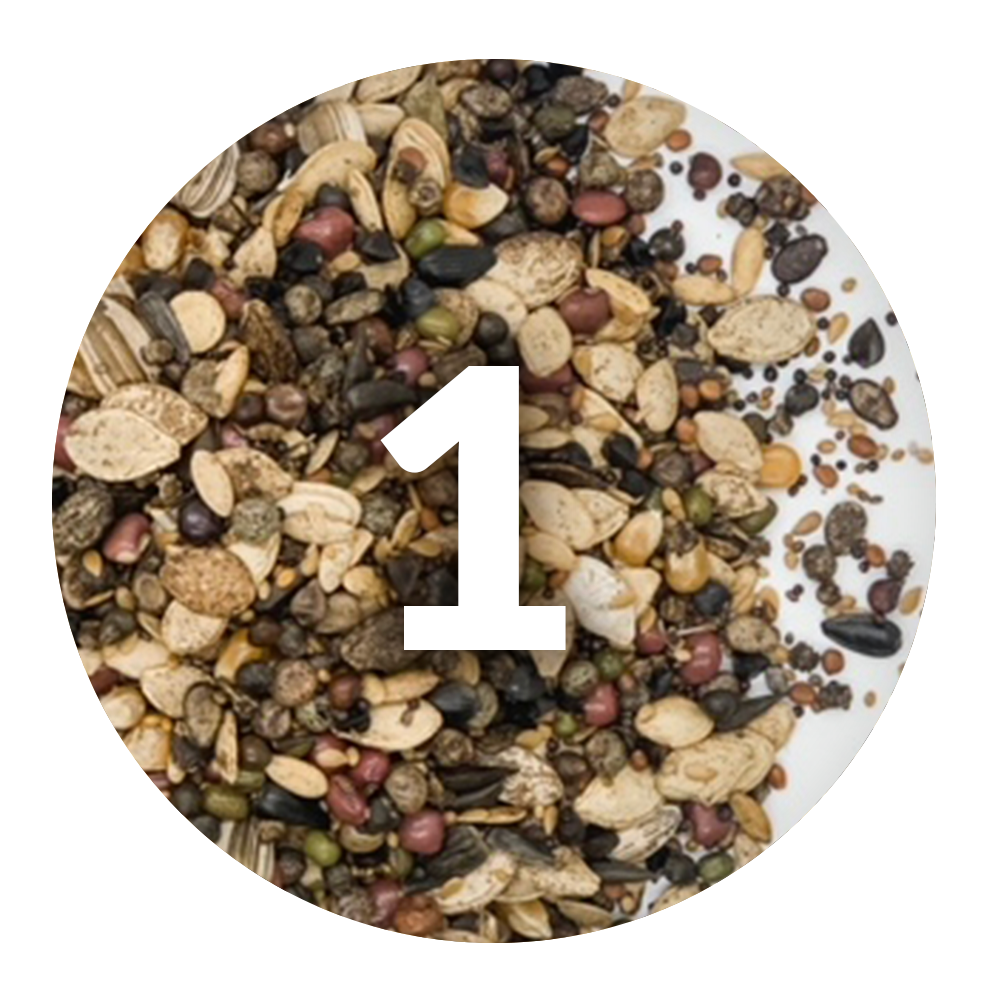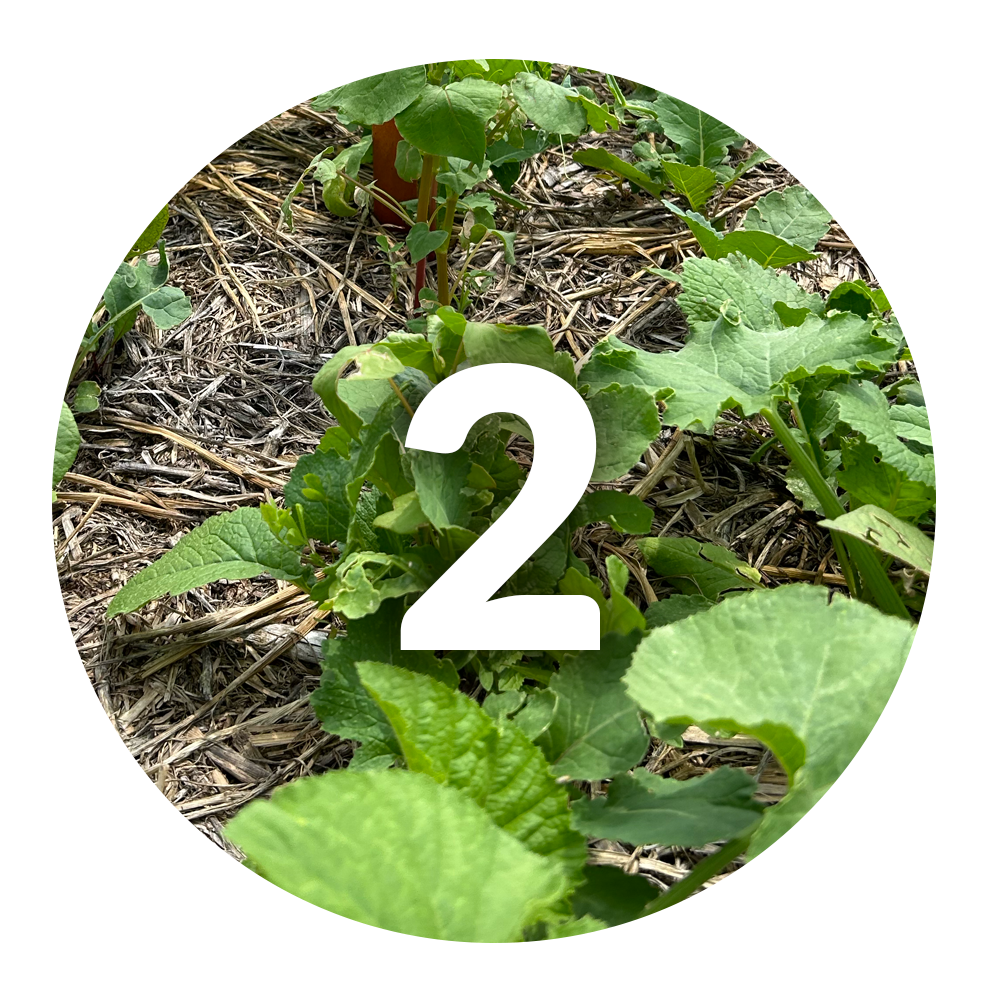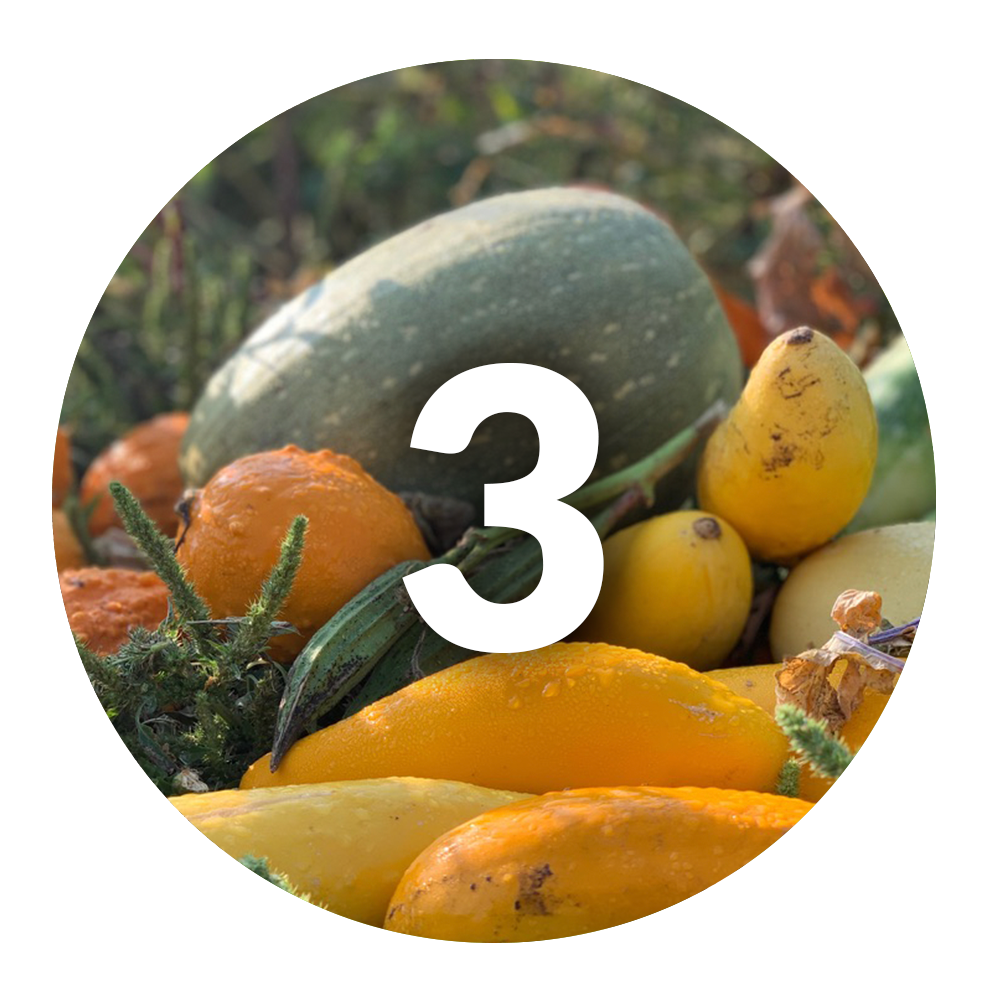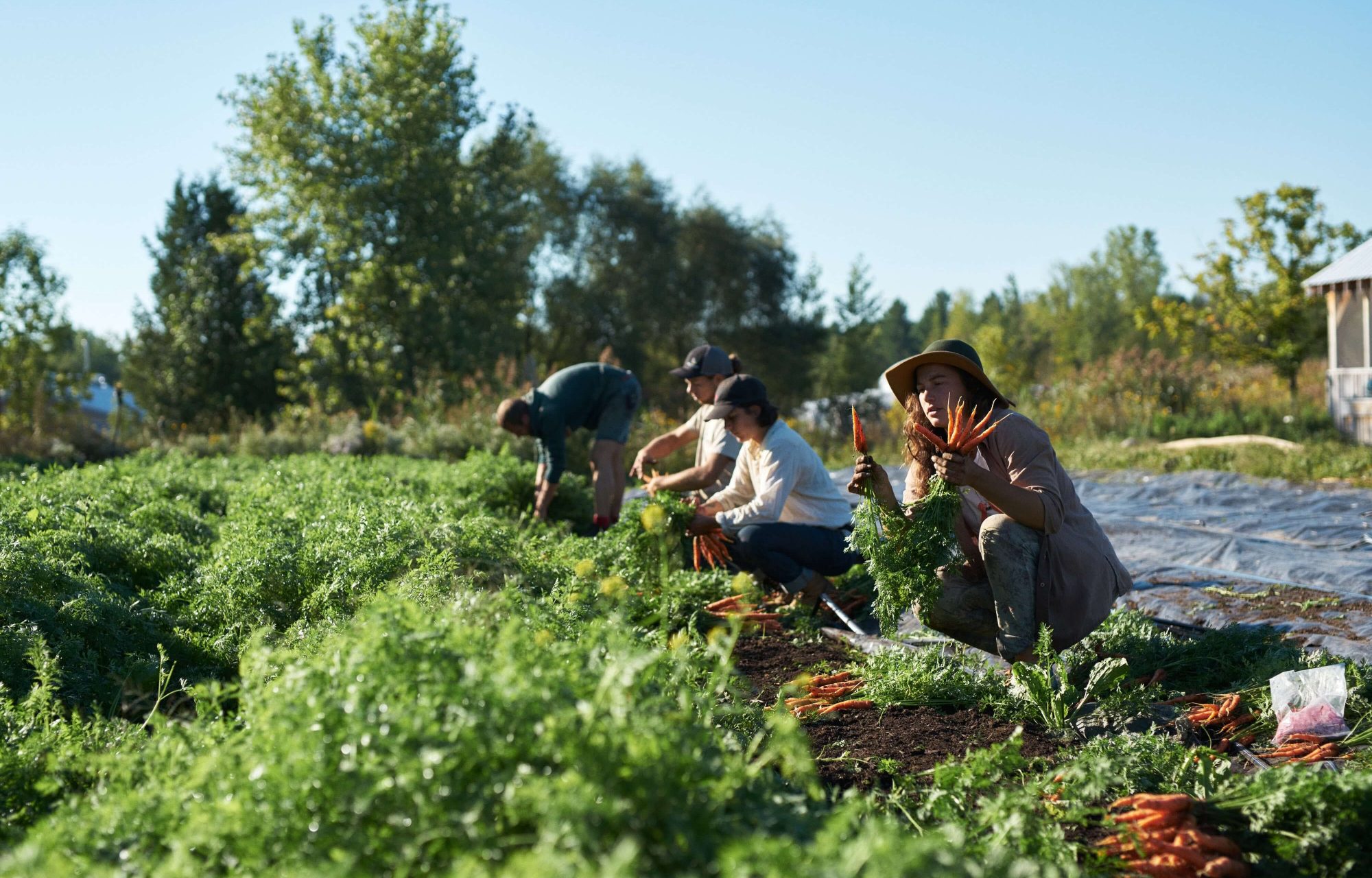
Find the right cover crop mix for your goals
Our pre-made mixes are designed with many different uses in mind. Use our decision guide to find the right mix for you.

Plant your seed and naturally improve your soil
Nothing builds healthy soil like a diverse mix of growing plants. Cover crop mixes improve soil structure, increase soil organic matter, and boost microbial life in your soil.

Grow healthy plants that produce healthy food
Whether you’re growing forages for your livestock or fresh produce in your garden, improved soil health will greatly impact the health of your plants and the quality of the food that you grow.
Improve your soil’s health naturally
Cover crops offer a natural way to increase soil organic matter, improve soil structure and make soil nutrients available for your plants. Here’s how they work:
Meet your soil health goals
Cover crops can be used all across your operation to address different needs or goals. Here are just a few:
-
Forage for livestock
-
Weed suppression
-
Mulching
-
Garden bed preparation
-
Living garden paths
-
Overwintering
-
Attracting pollinators
-
Growing food with our Milpa Mix
What cover cropping looks like
Here are a few examples of how to integrate cover crops on a smaller scale.
Overwintering cover crops in your garden beds
- In the fall, after you harvest your garden, prep your beds for planting. We recommend a no-till approach because it minimizes soil disturbance.
- Broadcast our Overwintering Mix into your garden beds and lightly incorporate. Cover with a layer of straw and keep the area moist.
- In the last months of fall, this cold-hardy mix gets established before winter.
- Come springtime warmup, the cover crop begins to grow tall.
- When it’s time to plant your garden, terminate the cover crop. One option is to crimp using a foot crimper and cover the bed with a black tarp for two weeks. Learn more about methods for cover crop termination in a garden setting in this video or in this book by Jesse Frost: The Living Soil Handbook
- Transplant seedlings directly into the dense weed-suppressing mulch left by the terminated cover crop.
Growing a Milpa garden
Plant a garden mix of over 40 different seeds including multiple varieties of Squash, Cucumbers, Watermelons, Beets, Turnips, Sunflowers, Okra, and many more, all while improving your soil.
- In late spring or early summer, prep your ground for planting.
- Broadcast Milpa Mix and lightly incorporate. Cover with a layer of straw and keep the area moist.
- Watch and observe as this super-diverse garden mix grows.
- Throughout the season, harvest your Milpa as different plants mature and fruit ripens.
Read more about Milpa and how to get free seed with our First Acre program.
Building healthy pasture for livestock
- In early spring, prep the ground for planting. If you're taking a no-till approach, mow or graze short, remove thatch, and scrape the ground in order to increase seed-to-soil contact.
- Broadcast our Cool Season Soil Builder mix, lightly incorporate by scraping the soil, and cover with straw to keep the soil moist. If you can, time your planting immediately before rain.
- Graze your chickens, sheep goats or other livestock in late spring or early summer.
- If you want to add more warm season species, you can overseed our Warm Season Grazing Mix in the summer.
How one customer improved his pasture
Alex Erhard, a technology manager in Colorado, purchased a 3-acre property that had extremely compacted clay soil, which he describes as like concrete. He said there was no sign of worms, and the land was overtaken by kochia, thistles, and bindweed.
After planting Cool Season Soil Builder in the spring, Alex says that existing smooth brome came up first, followed by the cover crop seedlings. The cover crop choked out the kochia and thistles, although it did not compete with the bindweed in the first year.
Alex now says his soil is very soft and moist, and there are lots of insects—attracting pollinators was a very good surprise.
Where we’re coming from
Our farming background instilled us with a deep understanding of faith and family values. We work hard to provide your family with the best cover crop mix options for your garden and homestead.
Our cover crop mixes are curated to add diversity, increase moisture retention, and improve soil structure. We strive to ensure our seed is the highest quality, meeting and exceeding our rigorous seed testing standards. On top of that, we deliver right to you!
We’re passionate about soil health education. Though many of our resources are written for farmers and ranchers, the beauty of the soil health principles is that they can be applied to any scale, from 100 square feet to 1000 acres. Our highly diverse cover crop mixes are expertly designed for farmers and gardeners alike, helping everyone to implement the six soil health principles.
Find the right cover crop mix for you
Cover cropping doesn’t have to be complicated. Our pre-made mixes take the guesswork out of cover cropping, and are designed to suit many different goals and contexts. Use our free decision guide to find your mix:
Already know what you need?
Resources for the small-scale grower
Recommended Reads

The Farm as Ecosystem
Jerry Brunetti

Introduction to Permaculture
Bill Mollison

Restoration Agriculture
Mark Shepard

A World Without Soil
Jo Handelsman

The Maya Forest Garden
Anabel Ford and Ronald Nigh

1491
Charles Mann
Recommended Courses

The Market Gardener Institute
Founded in 2017 by Jean-Martin Fortier, the Market Gardener Institute is an impact-driven social enterprise dedicated to educating and empowering growers to change the world through the simple act of growing healthy, nourishing food for their communities.

Neversink Farm Online Market Farming Course
The farm course is taught by Conor Crickmore who is educating market farms around the world to be more profitable. He also owns Neversink Farm, one of the most profitable organic small scale farms anywhere.
Who We are
Our purpose is to help people regenerate, steward, and share God’s creation.
We’ve been delivering cover crop seed, designing custom mixes, and providing soil health educational resources for over 15 years.
Keepin’ You Covered
Stay up to date with Green Cover’s bi-weekly newsletter
Each issue, we’ll bring you…
1
Soil Health Topic
2
Soil Health Success Stories
3
Soil Health Learning Opportunities



